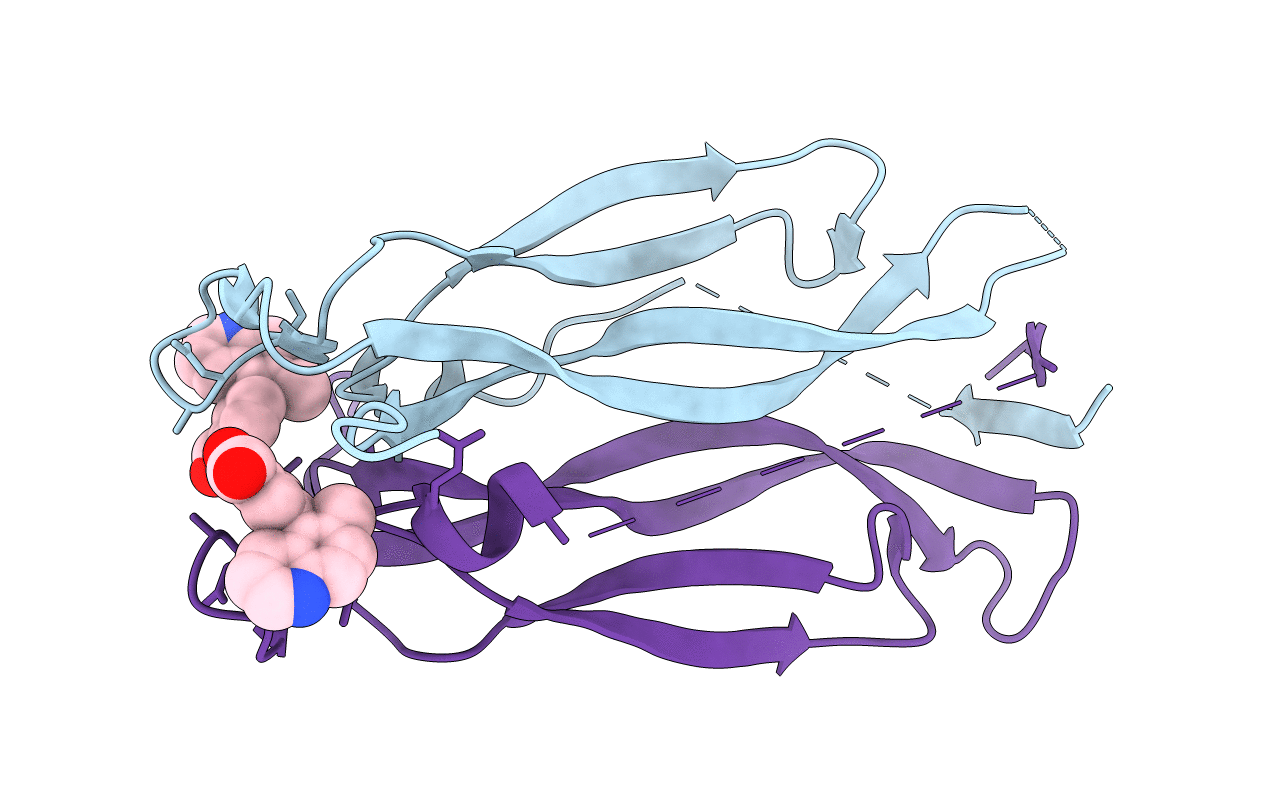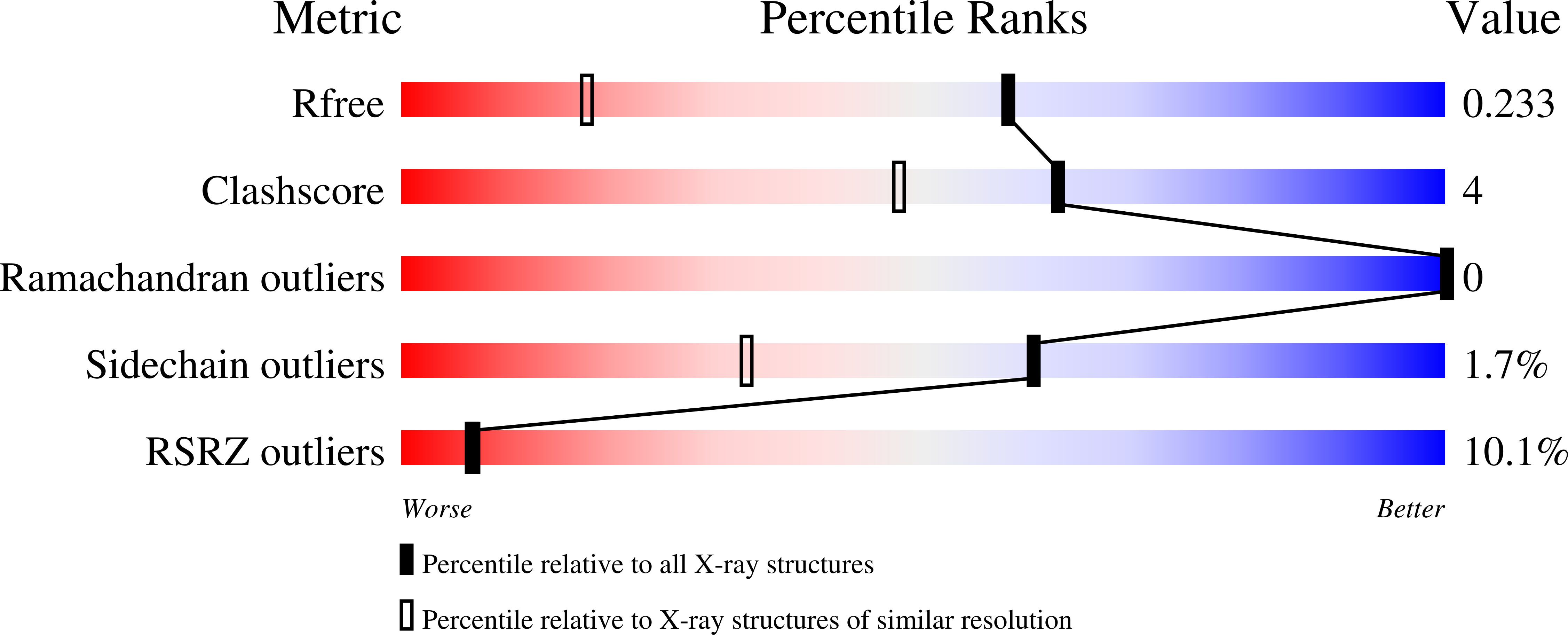
Deposition Date
2022-08-04
Release Date
2022-09-07
Last Version Date
2024-11-20
Method Details:
Experimental Method:
Resolution:
1.49 Å
R-Value Free:
0.23
R-Value Work:
0.21
R-Value Observed:
0.21
Space Group:
C 1 2 1


